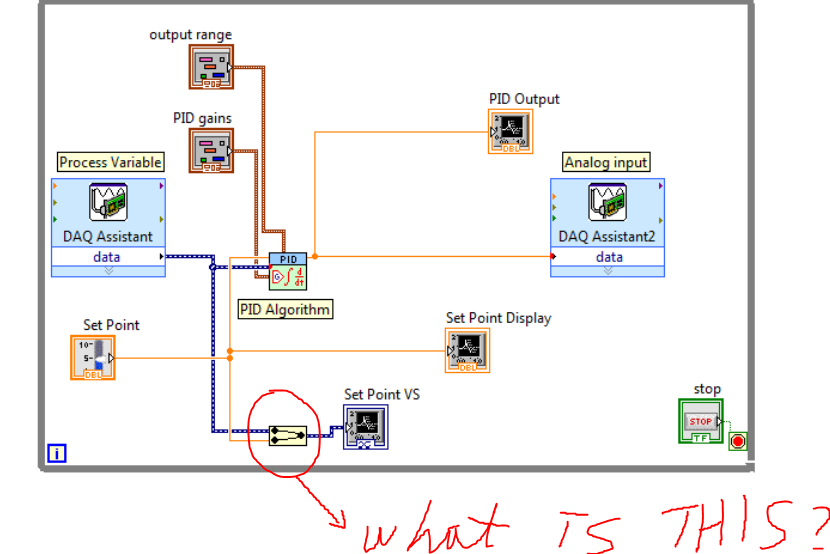
Consider the NI PXI-4110 triple-output programmable dc power supply shown in Fig. To explain the graphical system design process with LabVIEW FPGA, a model of the digital power scheme is required. In addition to helping with the control scheme, LabVIEW is a common environment for developing test software for final verification or functional tests.

With the NI LabVIEW approach, an analog engineer can design this algorithm, prototype it in the loop and deploy it on silicon - all without VHDL programming knowledge.

With limited power dissipation available to a PXI module (20 W) and tight requirements on output precision, noise, load regulation and input power, an FPGA-implemented control scheme is required. The PXI platform is a good environment in which to demonstrate design methods for digital power architectures. Using an intuitive graphical system design process in National Instruments (NI) LabVIEW software can greatly improve a lone analog engineer's ability to implement the digital control necessary in these environments. However, implementing these technologies without the combined efforts of digital, analog and software engineers can be daunting. The reason is obvious: A volume measuring 2 cm × 13 cm × 22 cm can hardly support the transformers and heatsinks typically required in a system power supply.ĭesigning for PXI modules and other tightly constrained environments has been helped by two recent trends: higher-performance switch-mode power supplies and the use of digital control to regulate them. The PCI eXtensions for Instrumentation (PXI) platform is a good example of a size requirement (3U Euro-card) that has already managed to accommodate digital multimeters, oscilloscopes and many other instruments, but has struggled to meet the traditional requirements of programmable power supplies.

As the demand for higher-power and higher-precision instrumentation grows, the size requirements for these devices continue to shrink and the design complexity increases.


 0 kommentar(er)
0 kommentar(er)
